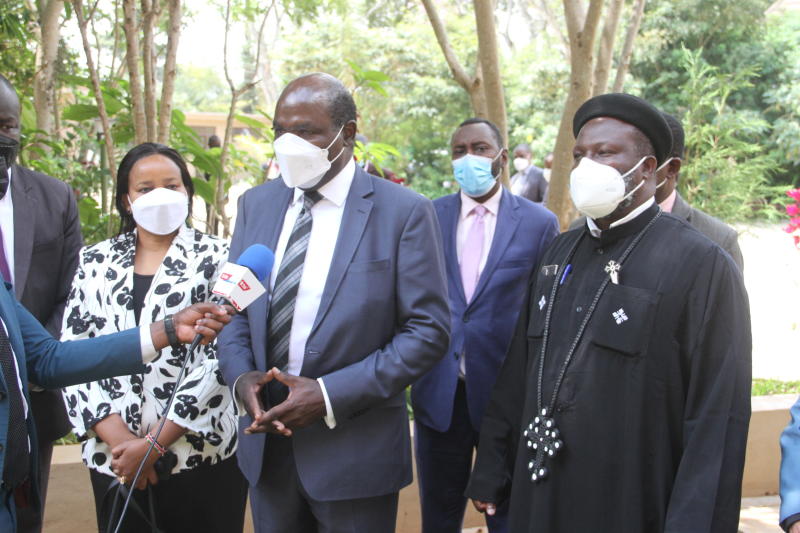×
The Standard e-Paper
Stay Informed, Even Offline

The electoral body has announced the window for mass voter listing, setting the stage for the race for the numbers that will determine who wins next year’s elections.
Independent Electoral and Boundaries Commission (IEBC) chairperson Wafula Chebukati yesterday said the commission will begin a mass voter registration drive on October 4.